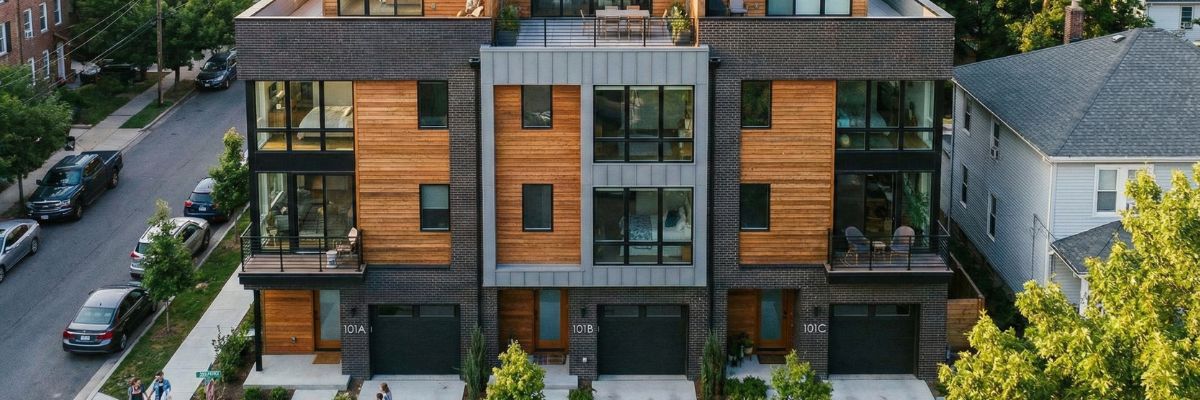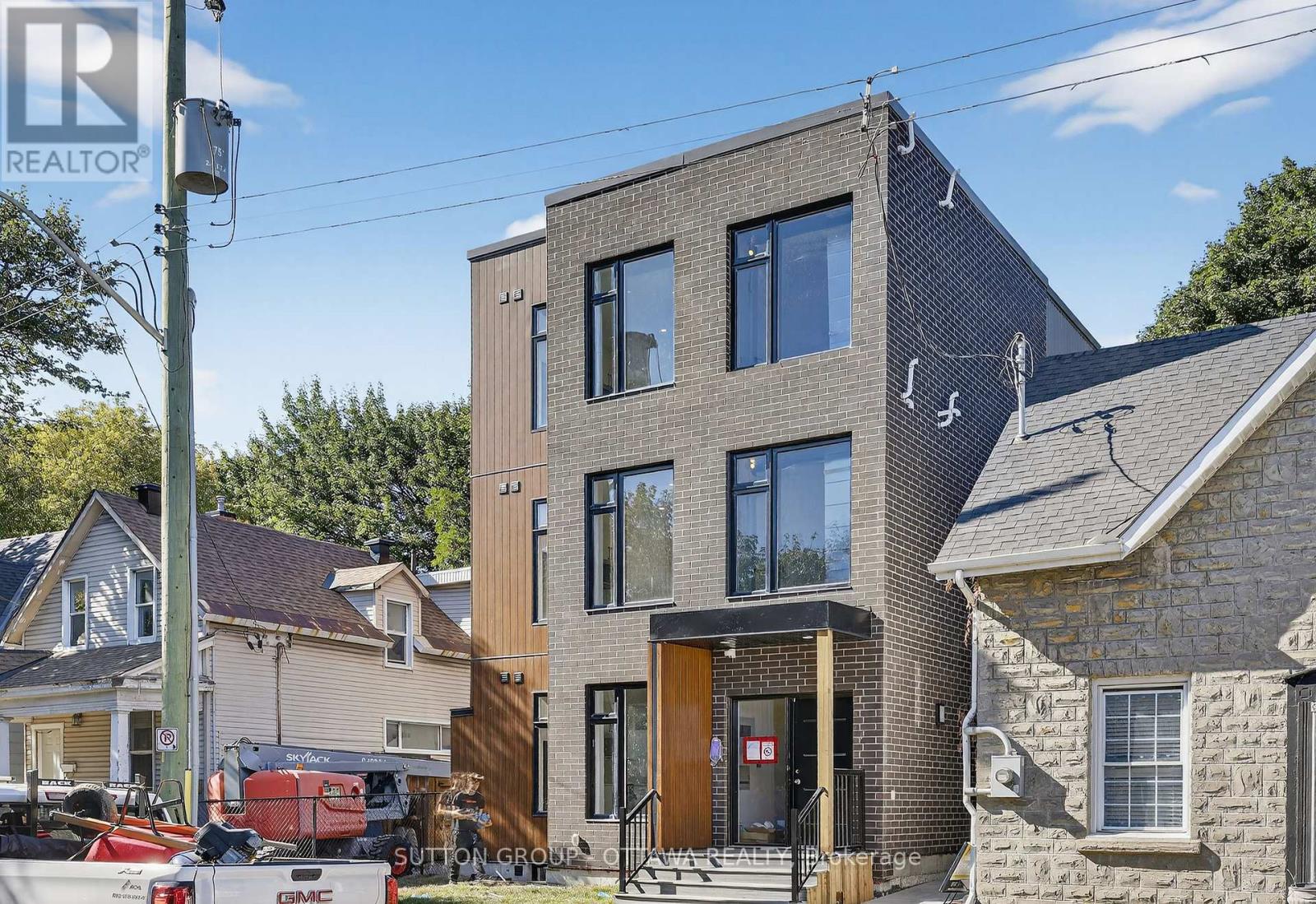Green Architecture & Biophilic Design
Away from what we consider 'normal' home renovations, are another world of possibilities. Modern living and nature is a possibility with architecture concepts that incorporate biophilia - Which aren't just nice to look at but can offer great benefits to health and living. In today's world, the importance of design and technology integration is essential to the efficiency of a growing population. The emergence of new structures and roadways have taken the place of our natural dynamic habitats. So, it is essential for future progress to integrate design and technology and have a functioning role with nature. What architecture designs do we currently have to implement for and with future structures? There is an innovative idea with a unique approach to bring nature and architecture together, redesigning the places we live, work and learn. This is called Biophilic architecture design.
Living, Breathing Architecture
This kind of architecture design can include anything that grows in or around the home but mostly involves nature growing with the structure, integrated with. The Biophilia hypothesis introduced by Edward O. Wilson, was popularized in his book, Biophilia (1984). He defines biophilia as “the urge to affiliate with other life forms”. The modern architectural design has significantly degraded this association, with more and more artificial surroundings in the cityscape, nature continues to recede away from where we spend most of our time. Biophilic strategies attempt to impact our lives by introducing more natural sunlight through the use of windows, doors, fresh air systems and green spaces, essentially bonding nature with architecture.
The Building Lungs - Healthy, happy environment
There is significant data suggesting to confirm the main points of the biophilia hypothesis, showing that immersing human beings in natural elements such as; sunlight, outdoor air and living plants have a direct link to the physical well- being of the individual. How many times have you been at the office, on a nice day, staring out the window with the stress of being looked in a cage without oxygen? We naturally want to be affiliated with nature and fresh air, getting a bit of sun helps too. Most indoor designs do not have a happy medium, creating a lost connection to your healthy habitat. Current building designs have been associated to a physical phenomenon known as “sick building syndrome”.
Quickie Fact - What is Sick Building Syndrome?
Sick building syndrome is a combination of ailments associated with an individual's place of work or residence. A 1984 World Health Organization report suggested up to 30% of new and remodeled buildings worldwide may be linked to symptoms of SBS(Sick Building Syndrome). Most of the sick building syndrome is related to poor indoor air quality. Building occupants complain of symptoms such as sensory irritation of the eyes, nose, throat; neurotoxic or general health problems; skin irritation; nonspecific hypersensitivity reactions; and odor and taste sensations. Some of the known causes are related to a number of factors. Poor lighting, lack of natural light, flaws in heating and ventilation systems, poor ergonomics, chemical or biological contamination through the use of cleaners.
Education & The Emerging Market - A future analysis
While creating an energy friendly world, it is also necessary to improve the condition of the environments in which we spend most of our lives with new and ever changing renovation ideas. This concept in terms of architectural applications can see a new world designed for humans, by humans. House Renovations and various designs could be lined to the emerging green market of Biophilic Design , a new way of looking at our structures, our health and the natural world that surrounds us. The balance awaits.

.svg)






.jpg)
.jpg)


